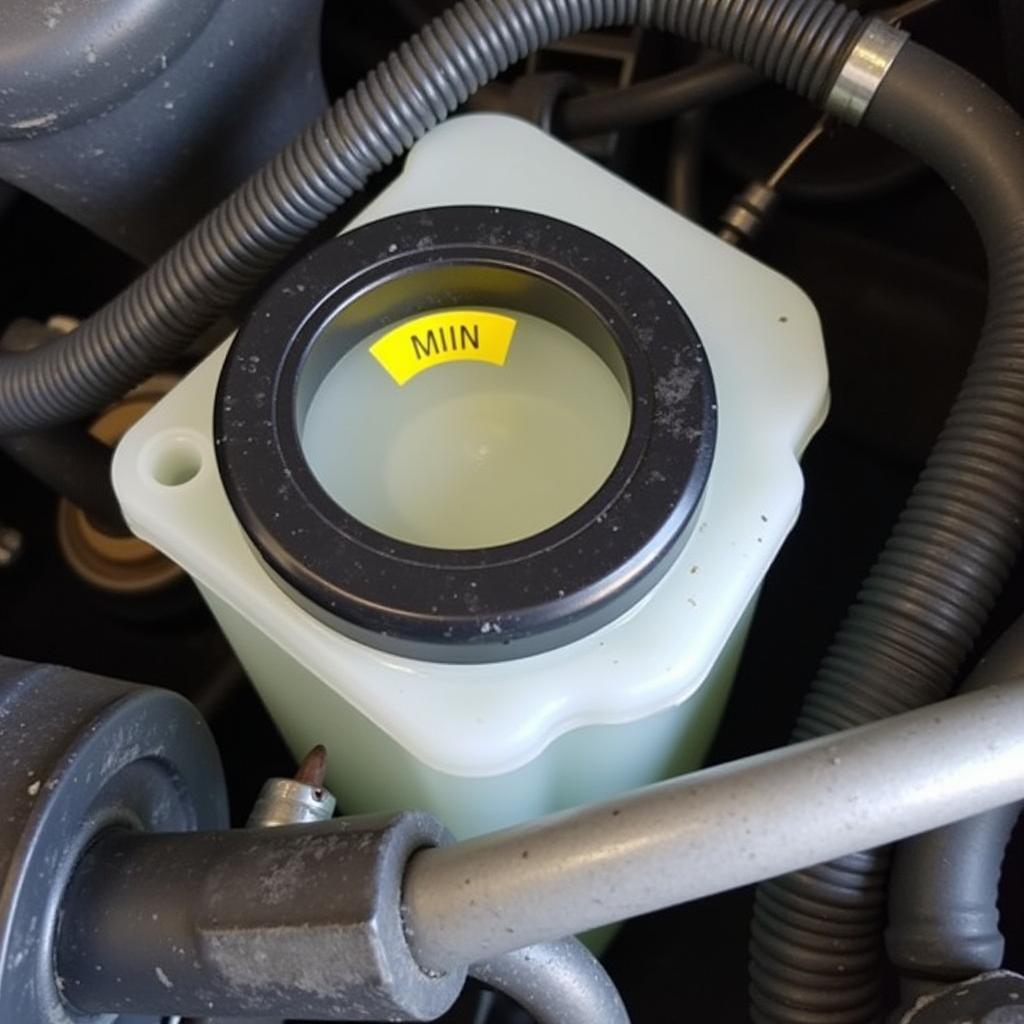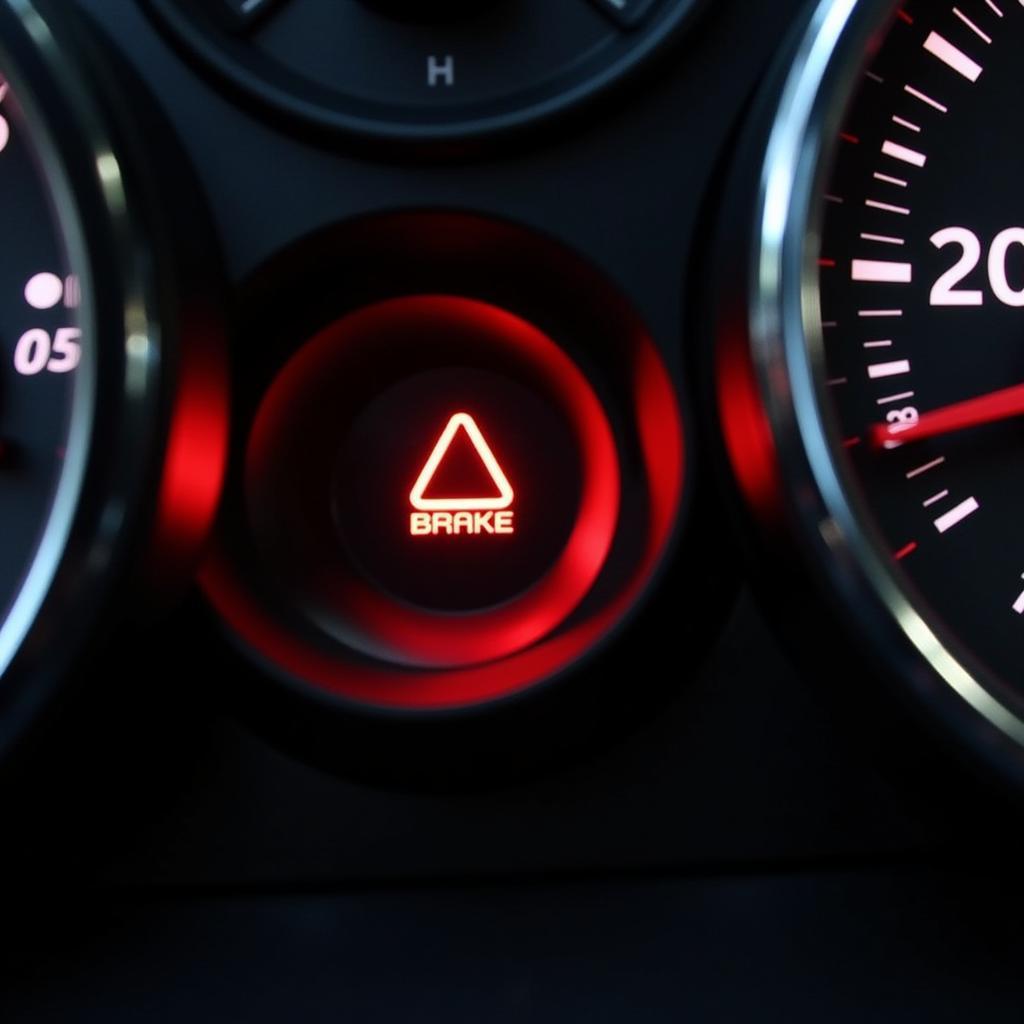The seat belt warning system in your car is a crucial safety feature designed to keep you safe on the road. While the occasional annoyance of a malfunctioning system is understandable, trying to deactivate it entirely can be dangerous and is often illegal. This article will delve into the reasons behind seat belt warnings, common issues, and how to address them safely and effectively.
Understanding Seat Belt Warning Systems
Modern vehicles use a complex network of sensors and modules to ensure your safety. The seat belt warning system is a key component, designed to:
- Alert the driver and passengers: An audible chime and a visual warning on the dashboard serve as reminders to buckle up.
- Enforce seat belt use: In many newer cars, the seat belt warning system is linked to other features. This can include preventing the vehicle from shifting out of park or limiting audio system volume until seat belts are fastened.
- Provide information to airbags: In the event of a collision, the seat belt sensor data helps the airbag control module determine the appropriate deployment force.
Common Reasons for Seat Belt Warnings
Experiencing a persistent seat belt warning doesn’t always indicate a system malfunction. Here are some common reasons:
- Unbuckled seat belt: It might seem obvious, but sometimes the simplest answer is the right one. Double-check all passenger seat belts, even if the seats are unoccupied.
- Faulty seat belt buckle/latch: Over time, the buckle or latch mechanism can wear down, become obstructed, or experience electrical issues, leading to a false warning.
- Damaged wiring: The wiring harness connecting the seat belt sensors to the vehicle’s electrical system can become damaged due to wear and tear, rodent damage, or improper installation of aftermarket accessories.
- Software glitches: Like any computer system, the software controlling the seat belt warning system can encounter glitches, causing erratic behavior.
- Occupancy sensor malfunction: Many modern vehicles are equipped with weight sensors in the passenger seats to determine if someone is present and if the seat belt should be engaged. A malfunctioning sensor can trigger a false warning.
 Seat Belt Warning Light on Car Dashboard
Seat Belt Warning Light on Car Dashboard
Is It Legal to Deactivate the Seat Belt Warning?
In most jurisdictions, tampering with or deactivating safety features like the seat belt warning system is illegal. Doing so can result in:
- Fines and penalties: You could face hefty fines for disabling a safety feature.
- Insurance complications: In the event of an accident, your insurance provider may refuse coverage or reduce your payout if they discover a deactivated safety system.
- Increased risk of injury: Seat belts are proven to save lives. Disabling the warning system increases the chances of driving or riding unbuckled, significantly raising the risk of serious injury or death in a collision.
Troubleshooting Seat Belt Warning Issues
Before attempting any repairs yourself, it’s recommended to consult a qualified automotive electrician experienced in diagnostic services. Here are some potential solutions:
- Visual inspection: Check the seat belt buckles, latches, and wiring for any visible signs of damage, debris, or loose connections.
- Scanning for trouble codes: Professional-grade diagnostic tools can read trouble codes stored in the vehicle’s computer, pinpointing the source of the malfunction.
- Testing and replacing components: Based on the diagnostic results, faulty components like sensors, buckles, or wiring harnesses can be tested and replaced.
- Software updates: Sometimes, a simple software update from the manufacturer can resolve glitches in the seat belt warning system.
Addressing Specific Warning Scenarios
- Persistent warning with unoccupied seat: This often points to a faulty occupancy sensor. A qualified technician can inspect and replace the sensor if necessary.
- Intermittent warning while driving: Loose wiring or a damaged buckle is often the culprit in this scenario. A thorough inspection and repair of the affected components are usually required.
- Warning remains on even after fastening the seat belt: This could indicate a problem with the buckle latch sensor or the wiring connecting it to the system.
Seat Belt Warning Light MOT Failure
In many countries, a malfunctioning seat belt warning light can result in an seat belt warning light mot failure. The seat belt system is a critical safety component, and authorities take its functionality seriously during vehicle inspections.
 Car Undergoing an MOT Test
Car Undergoing an MOT Test
Seeking Professional Help
While some seat belt warning issues might seem like simple DIY fixes, it’s crucial to prioritize safety and legal compliance. Attempting to disable the system or perform complex electrical repairs without proper knowledge and equipment can have dangerous consequences. Consulting a qualified automotive electrician offers several advantages:
- Accurate diagnosis: Their expertise and specialized diagnostic tools ensure the root cause of the problem is identified, preventing unnecessary repairs.
- Safe and effective repairs: They possess the knowledge and skills to handle electrical systems safely, ensuring the repair is done correctly.
- Legal compliance: Professional repairs ensure your vehicle meets all safety standards and legal requirements, preventing potential fines or insurance complications.
Conclusion
While the desire to “seat belt warning deactivate” might stem from frustration, remember that the system is there to protect you and your passengers. Instead of seeking to disable it, address the underlying issue promptly and safely. By understanding the system, recognizing potential problems, and seeking professional assistance when needed, you contribute to a safer driving experience for everyone. If you’re experiencing a persistent seat belt warning, consult a qualified automotive electrician. Their expertise ensures the problem is diagnosed accurately and resolved safely and effectively.


